Answered step by step
Verified Expert Solution
Question
1 Approved Answer
CASE It was a regular working day in April 21, when four business partners gathered together for a strategy session for their organization: What About
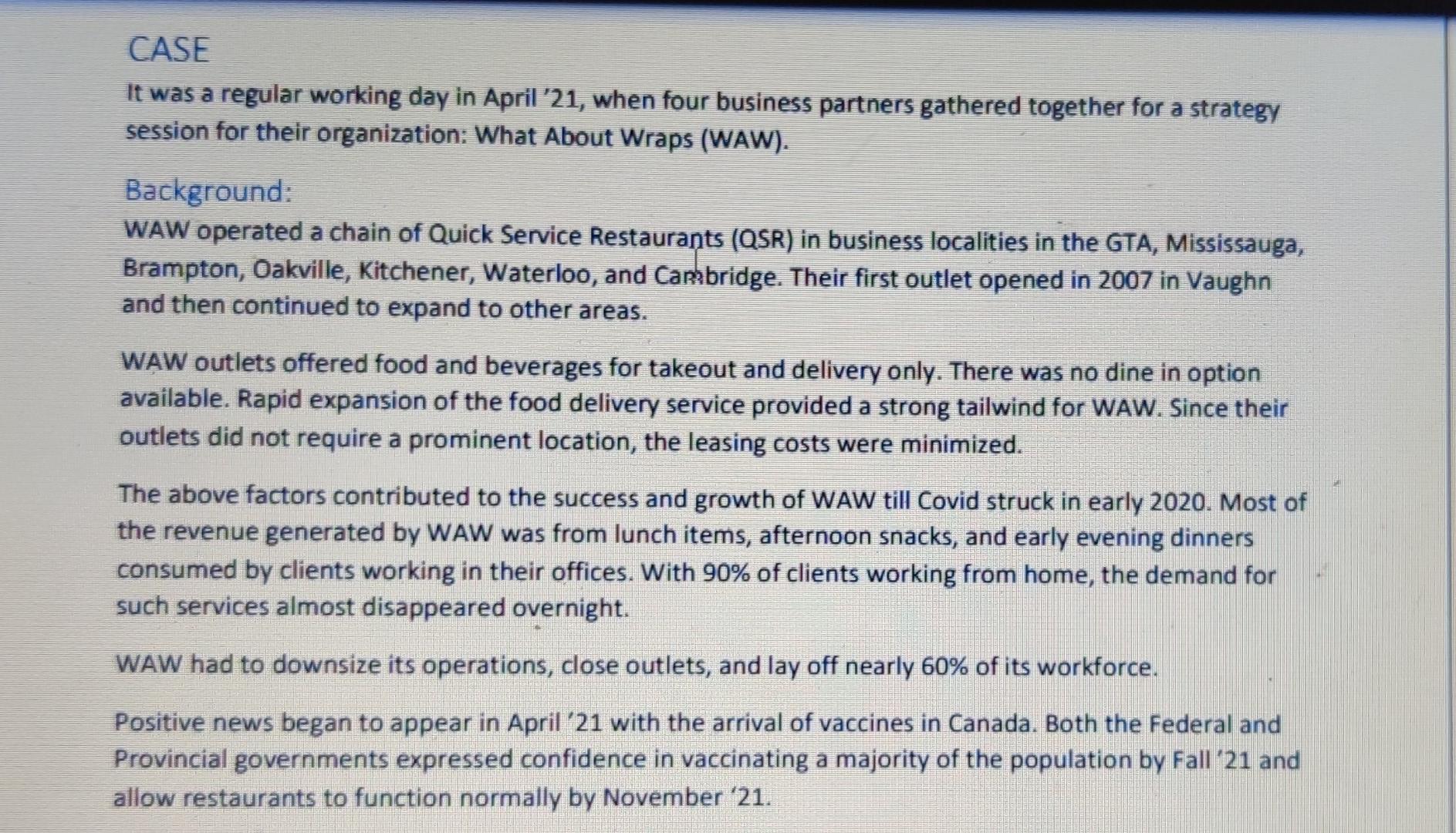
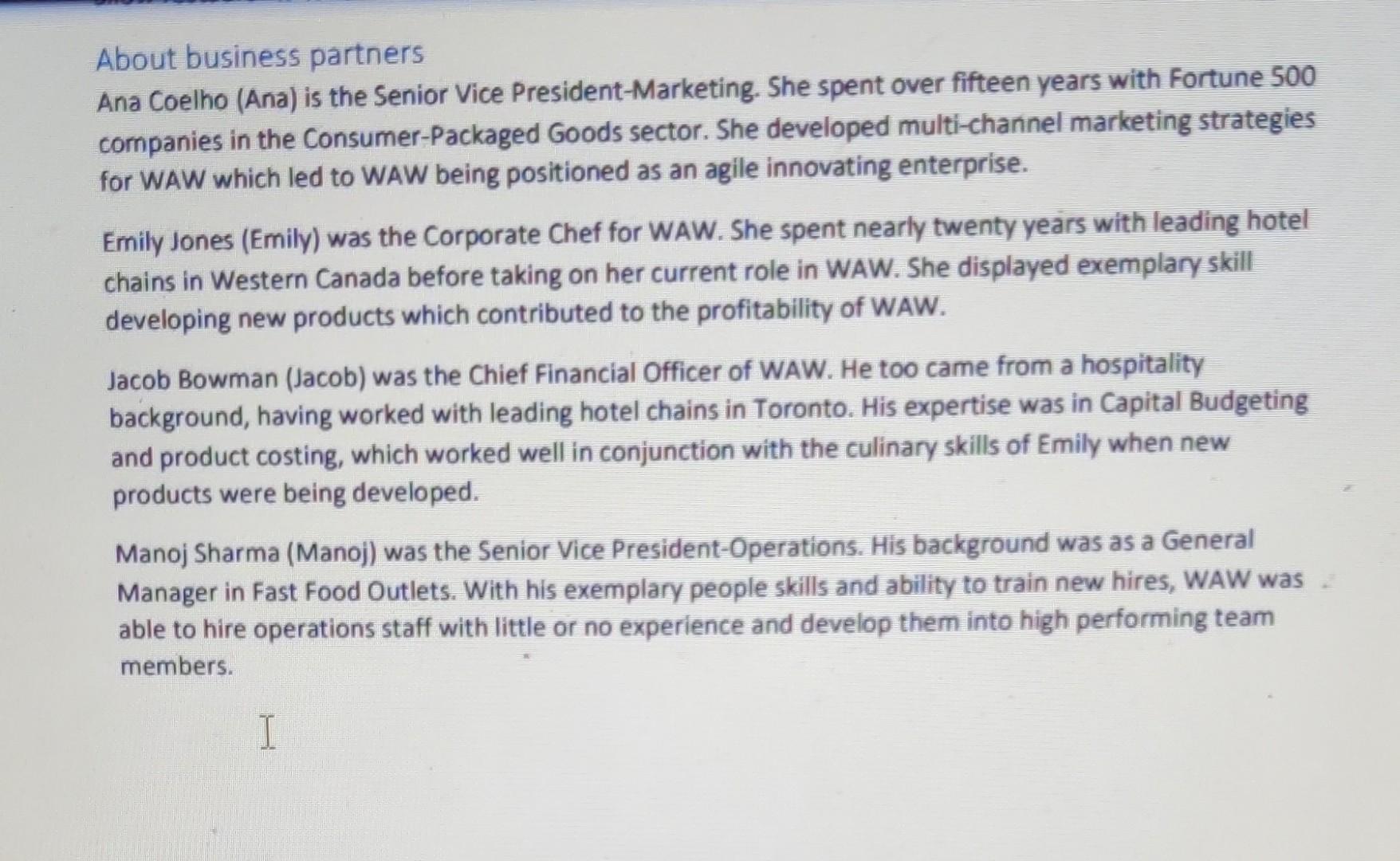
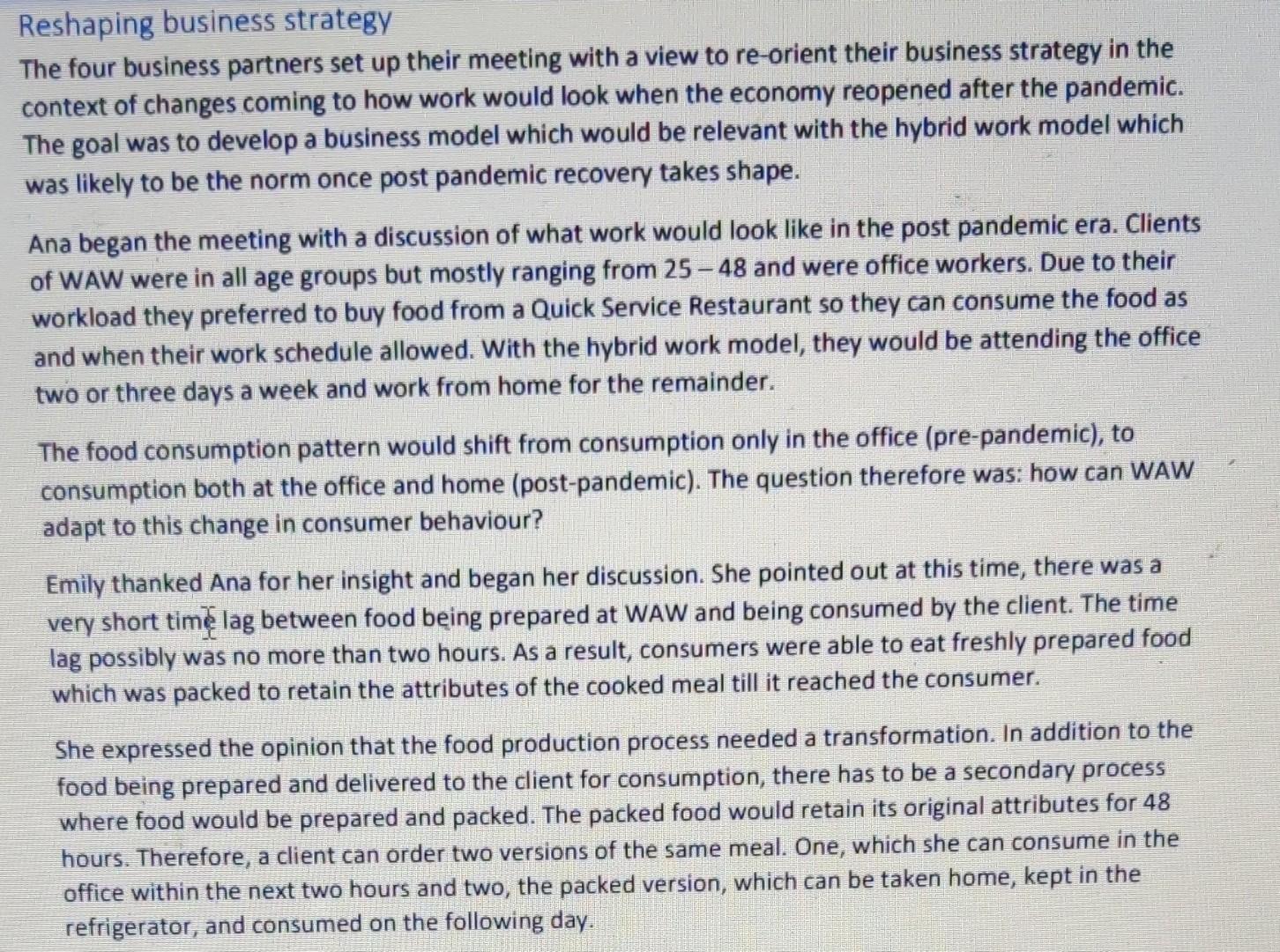
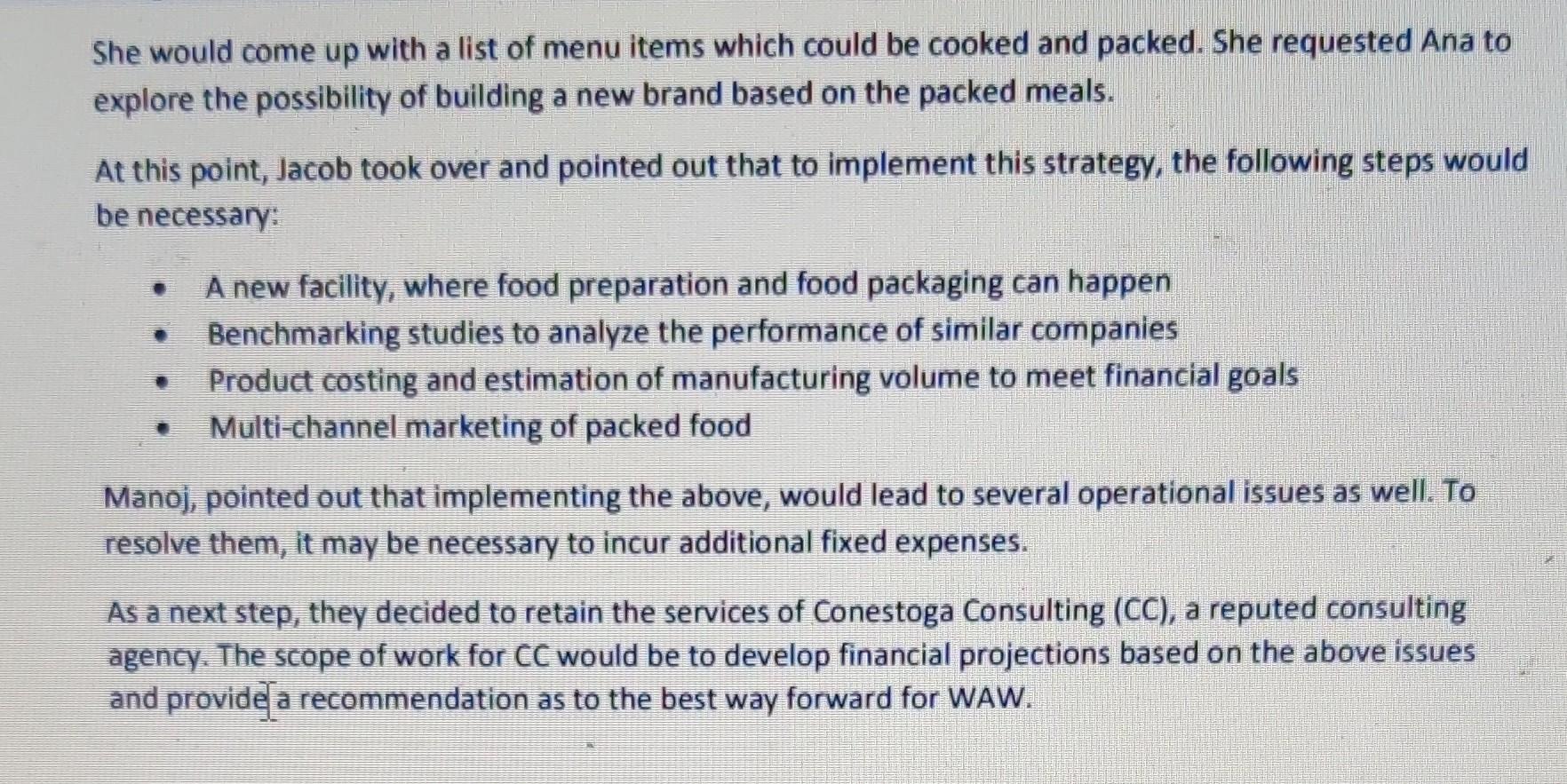
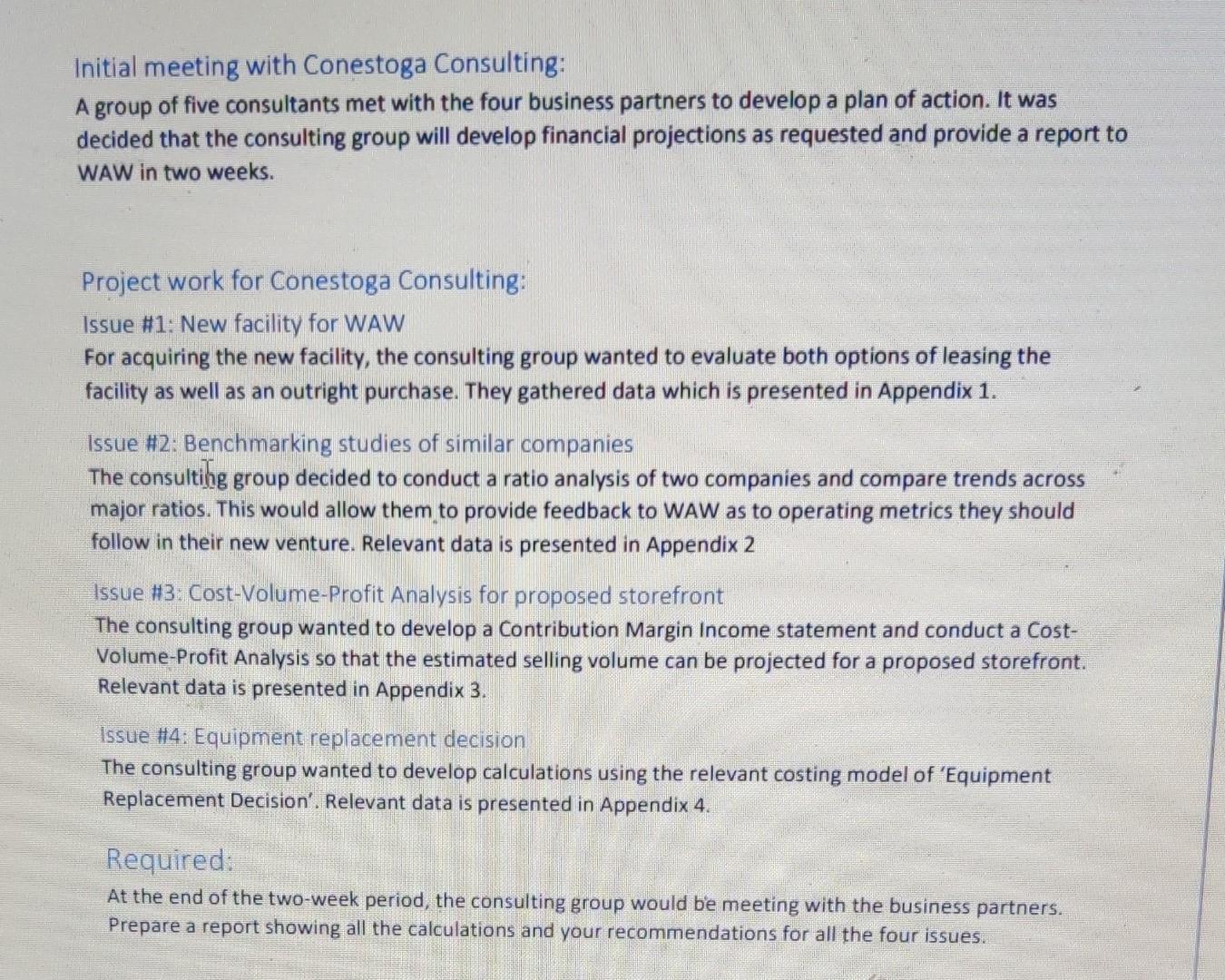
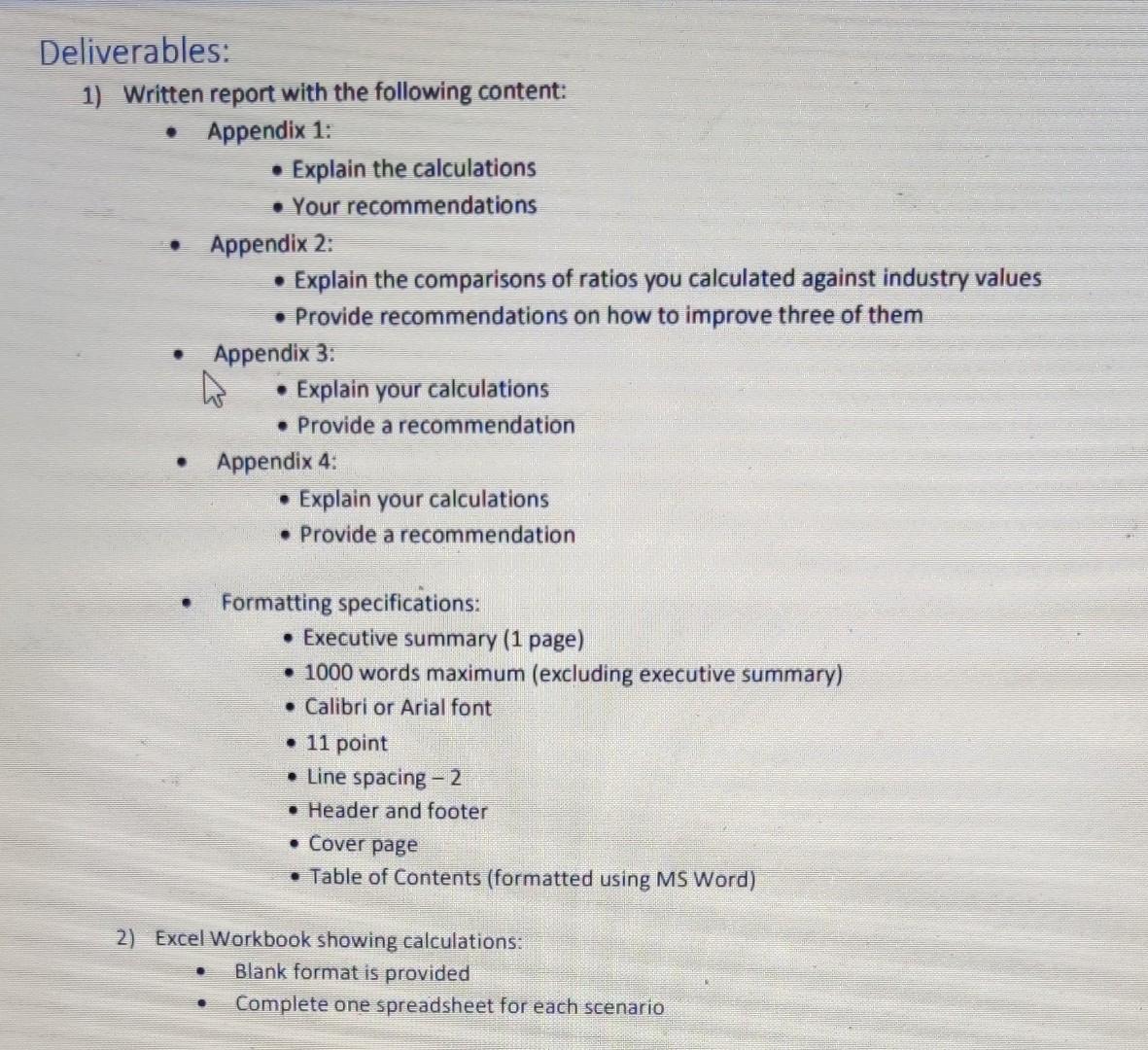
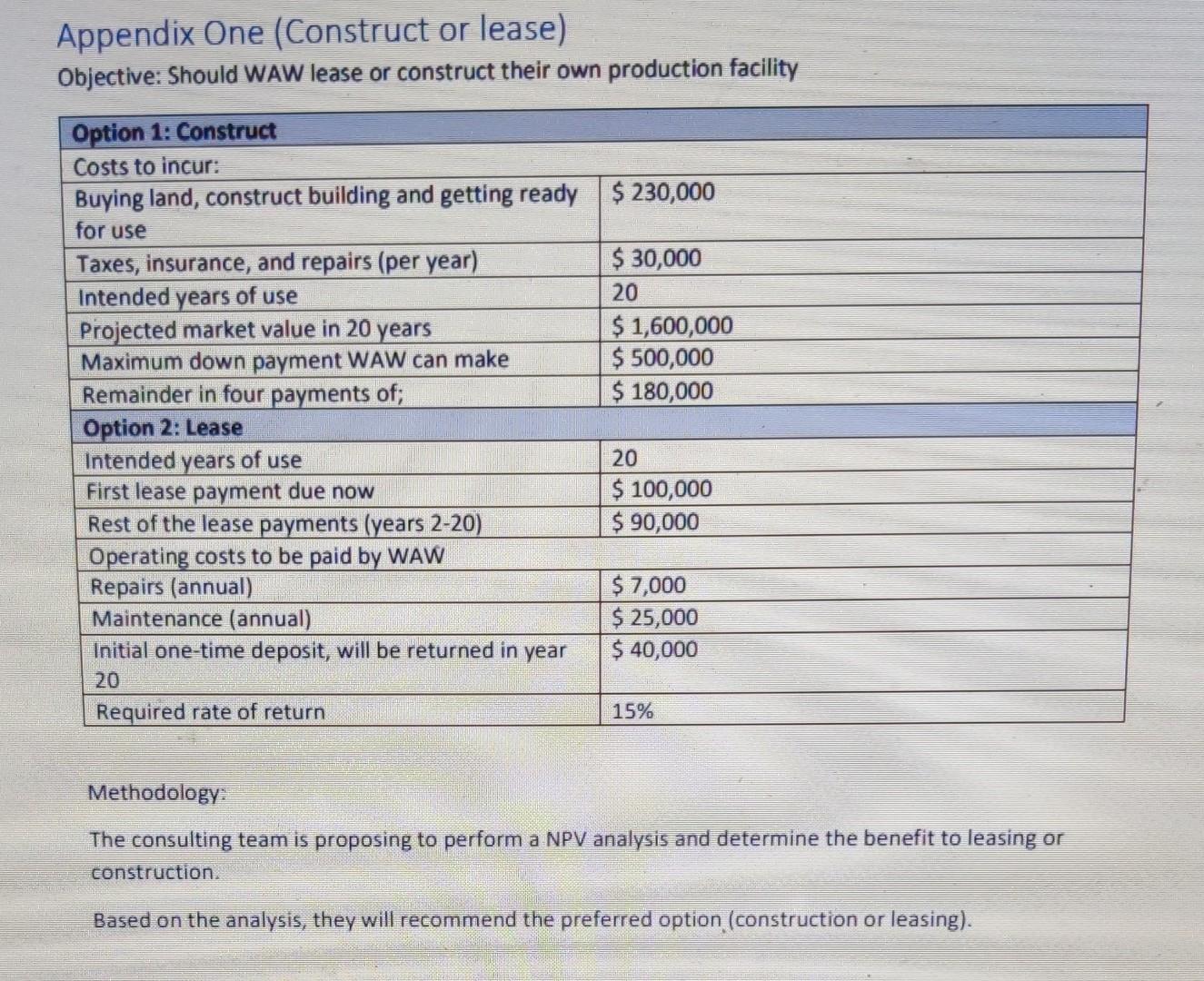
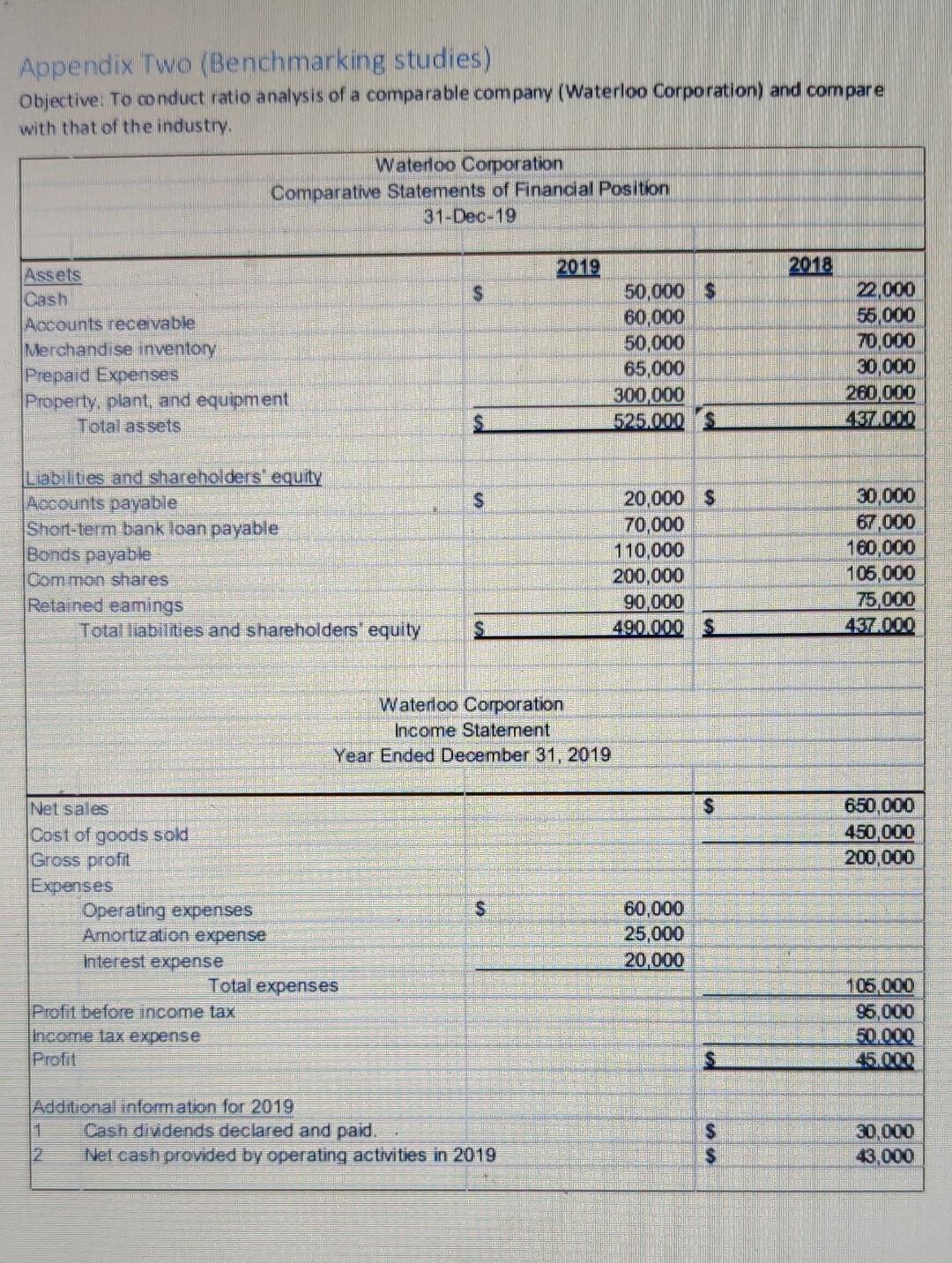
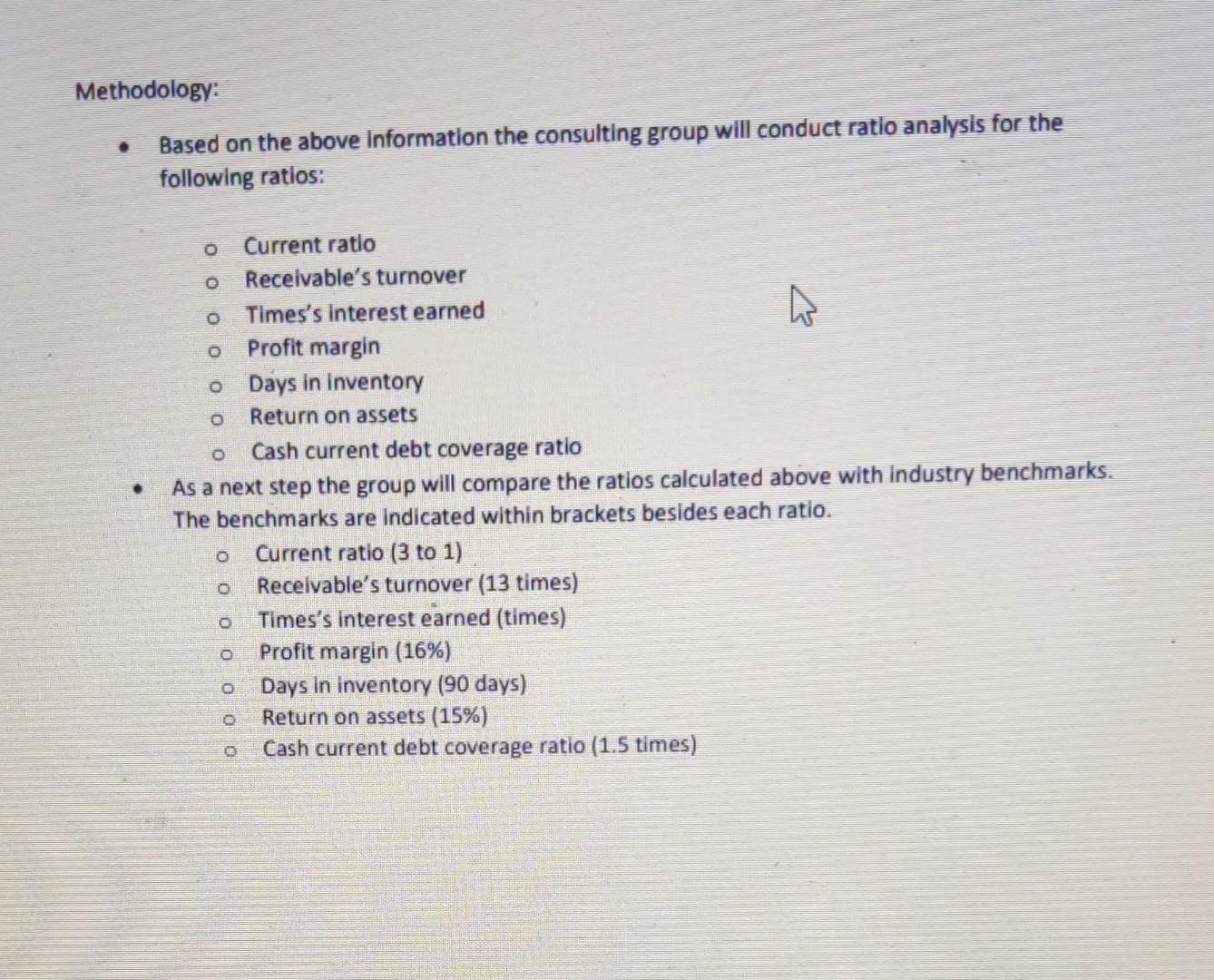
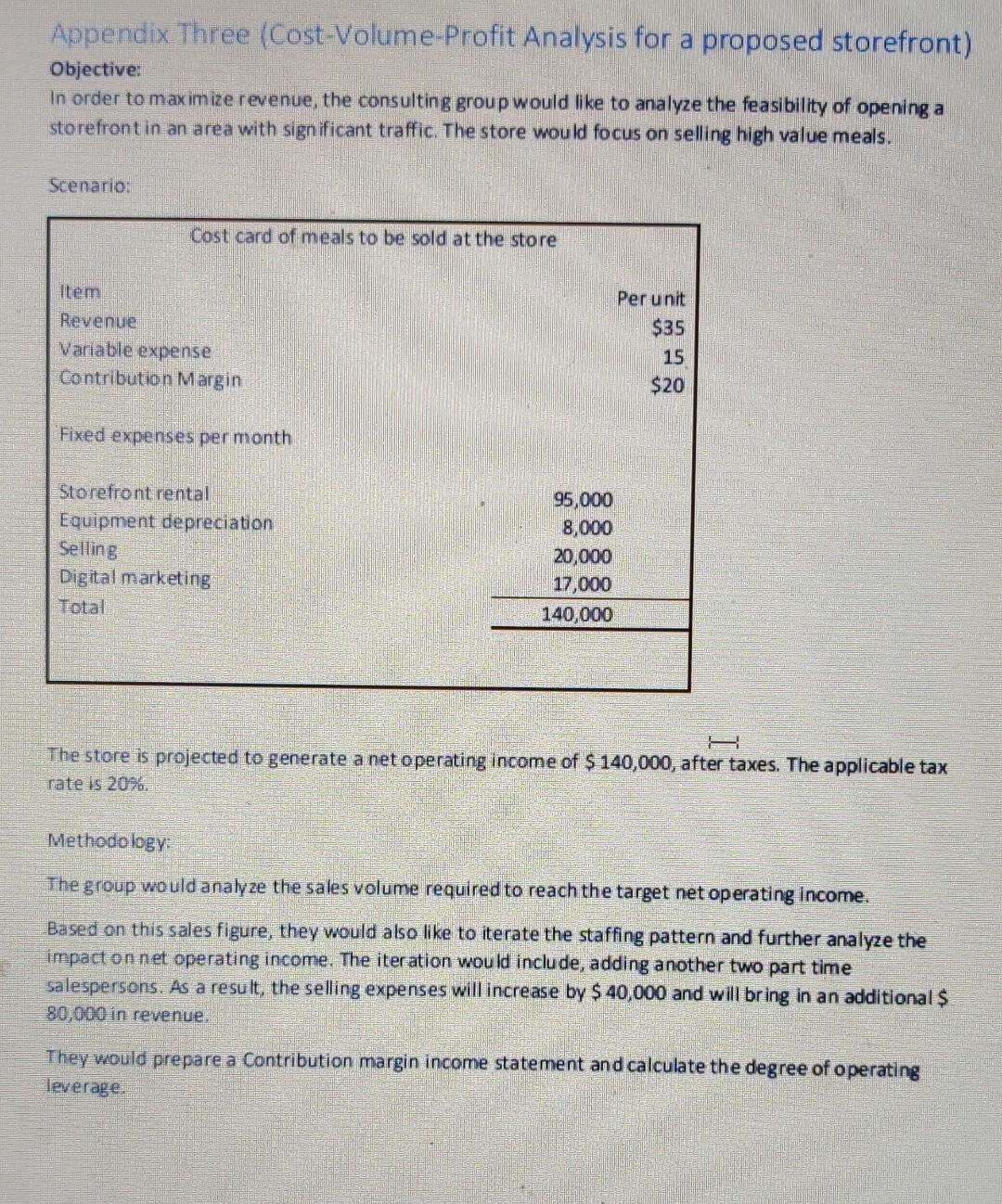
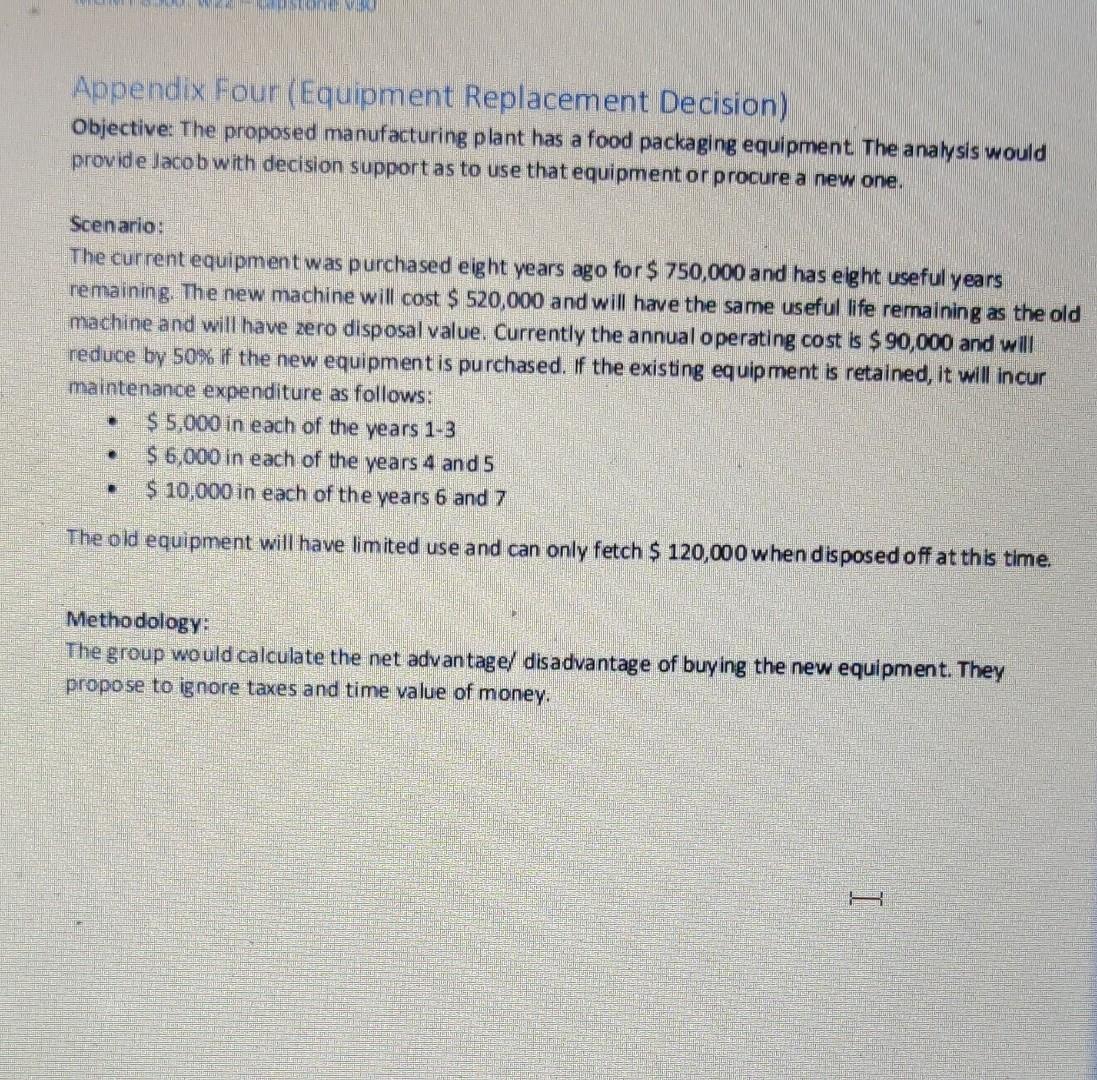
CASE It was a regular working day in April 21, when four business partners gathered together for a strategy session for their organization: What About Wraps (WAW). Background: WAW operated a chain of Quick Service Restaurants (QSR) in business localities in the GTA, Mississauga, Brampton, Oakville, Kitchener, Waterloo, and Cambridge. Their first outlet opened in 2007 in Vaughn and then continued to expand to other areas. WAW outlets offered food and beverages for takeout and delivery only. There was no dine in option available. Rapid expansion of the food delivery service provided a strong tailwind for WAW. Since their outlets did not require a prominent location, the leasing costs were minimized. The above factors contributed to the success and growth of WAW till Covid struck in early 2020. Most of the revenue generated by WAW was from lunch items, afternoon snacks, and early evening dinners consumed by clients working in their offices. With 90% of clients working from home, the demand for such services almost disappeared overnight. WAW had to downsize its operations, close outlets, and lay off nearly 60% of its workforce. Positive news began to appear in April '21 with the arrival of vaccines in Canada. Both the Federal and Provincial governments expressed confidence in vaccinating a majority of the population by Fall '21 and allow restaurants to function normally by November '21. About business partners Ana Coelho (Ana) is the Senior Vice President-Marketing. She spent over fifteen years with Fortune 500 companies in the Consumer-Packaged Goods sector. She developed multi-channel marketing strategies for WAW which led to WAW being positioned as an agile innovating enterprise. Emily Jones (Emily) was the Corporate Chef for WAW. She spent nearly twenty years with leading hotel chains in Western Canada before taking on her current role in WAW. She displayed exemplary skill developing new products which contributed to the profitability of WAW. Jacob Bowman (Jacob) was the Chief Financial Officer of WAW. He too came from a hospitality background, having worked with leading hotel chains in Toronto. His expertise was in Capital Budgeting and product costing, which worked well in conjunction with the culinary skills of Emily when new products were being developed. Manoj Sharma (Manoj) was the Senior Vice President-Operations. His background was as a General Manager in Fast Food Outlets. With his exemplary people skills and ability to train new hires, WAW was able to hire operations staff with little or no experience and develop them into high performing team members. I Reshaping business strategy The four business partners set up their meeting with a view to re-orient their business strategy in the context of changes coming to how work would look when the economy reopened after the pandemic. The goal was to develop a business model which would be relevant with the hybrid work model which was likely to be the norm once post pandemic recovery takes shape. Ana began the meeting with a discussion of what work would look like in the post pandemic era. Clients of WAW were in all age groups but mostly ranging from 25 48 and were office workers. Due to their workload they preferred to buy food from a Quick Service Restaurant so they can consume the food as and when their work schedule allowed. With the hybrid work model, they would be attending the office two or three days a week and work from home for the remainder. The food consumption pattern would shift from consumption only in the office (pre-pandemic), to consumption both at the office and home (post-pandemic). The question therefore was: how can WAW adapt to this change in consumer behaviour? Emily thanked Ana for her insight and began her discussion. She pointed out at this time, there was a very short time lag between food being prepared at WAW and being consumed by the client. The time lag possibly was no more than two hours. As a result, consumers were able to eat freshly prepared food which was packed to retain the attributes of the cooked meal till it reached the consumer. She expressed the opinion that the food production process needed a transformation. In addition to the food being prepared and delivered to the client for consumption, there has to be a secondary process where food would be prepared and packed. The packed food would retain its original attributes for 48 hours. Therefore, a client can order two versions of the same meal. One, which she can consume in the office within the next two hours and two, the packed version, which can be taken home, kept in the refrigerator, and consumed on the following day. She would come up with a list of menu items which could be cooked and packed. She requested Ana to explore the possibility of building a new brand based on the packed meals. At this point, Jacob took over and pointed out that to implement this strategy, the following steps would be necessary: A new facility, where food preparation and food packaging can happen Benchmarking studies to analyze the performance of similar companies Product costing and estimation of manufacturing volume to meet financial goals Multi-channel marketing of packed food Manoj, pointed out that implementing the above, would lead to several operational issues as well. To resolve them, it may be necessary to incur additional fixed expenses. As a next step, they decided to retain the services of Conestoga Consulting (CC), a reputed consulting agency. The scope of work for CC would be to develop financial projections based on the above issues and provide a recommendation as to the best way forward for WAW. Initial meeting with Conestoga Consulting: A group of five consultants met with the four business partners to develop a plan of action. It was decided that the consulting group will develop financial projections as requested and provide a report to WAW in two weeks. Project work for Conestoga Consulting: Issue #1: New facility for WAW For acquiring the new facility, the consulting group wanted to evaluate both options of leasing the facility as well as an outright purchase. They gathered data which is presented in Appendix 1. Issue #2: Benchmarking studies of similar companies The consulting group decided to conduct a ratio analysis of two companies and compare trends across major ratios. This would allow them to provide feedback to WAW as to operating metrics they should follow in their new venture. Relevant data is presented in Appendix 2 Issue #3: Cost-Volume-Profit Analysis for proposed storefront The consulting group wanted to develop a Contribution Margin Income statement and conduct a Cost- Volume-Profit Analysis so that the estimated selling volume can be projected for a proposed storefront. Relevant data is presented in Appendix 3. Issue #4: Equipment replacement decision The consulting group wanted to develop calculations using the relevant costing model of 'Equipment Replacement Decision'. Relevant data is presented in Appendix 4. Required: At the end of the two-week period, the consulting group would be meeting with the business partners. Prepare a report showing all the calculations and your recommendations for all the four issues. Deliverables: 1) Written report with the following content: Appendix 1: Explain the calculations Your recommendations Appendix 2: Explain the comparisons of ratios you calculated against industry values Provide recommendations on how to improve three of them Appendix 3: Explain your calculations Provide a recommendation Appendix 4: Explain your calculations Provide a recommendation Formatting specifications: Executive summary (1 page) 1000 words maximum (excluding executive summary) Calibri or Arial font 11 point Line spacing - 2 Header and footer Cover page Table of Contents (formatted using MS Word) 2) Excel Workbook showing calculations: Blank format is provided Complete one spreadsheet for each scenario Appendix One (Construct or lease) Objective: Should WAW lease or construct their own production facility Option 1: Construct Costs to incur: Buying land, construct building and getting ready | $ 230,000 for use Taxes, insurance, and repairs (per year) $ 30,000 Intended years of use 20 Projected market value in 20 years $ 1,600,000 Maximum down payment WAW can make $ 500,000 Remainder in four payments of; $ 180,000 Option 2: Lease Intended years of use 20 First lease payment due now $ 100,000 Rest of the lease payments (years 2-20) $ 90,000 Operating costs to be paid by WAW Repairs (annual) $ 7,000 Maintenance (annual) $ 25,000 Initial one-time deposit, will be returned in year $ 40,000 20 Required rate of return 15% Methodology: The consulting team is proposing to perform a NPV analysis and determine the benefit to leasing or construction Based on the analysis, they will recommend the preferred option (construction or leasing). Appendix Two (Benchmarking studies) Objective: To conduct ratio analysis of a comparable company (Waterloo Corporation) and compare with that of the industry. Waterloo Corporation Comparative Statements of Financial Position 31-Dec-19 S Assets @ash Accounts receivable Merchandise inventory Prepaid Expenses Property, plant, and equipment Total assets 2019 50,000 $ 60,000 50,000 65,000 300,000 525,000 $ 2018 22,000 55,000 70,000 30,000 260,000 437 000 S Liabilities and shareholders equity Accounts payable Short-term bank loan payable Bonds payable Common shares Retained eamings Total liabilities and shareholders' equity 20,000 $ 70,000 110,000 200,000 90,000 490,000 $ 30,000 67 000 160,000 106,000 75,000 437.000 $ Waterloo Corporation Income Statement Year Ended December 31, 2019 $ 650,000 450,000 200,000 $ Net sales Cost of goods sold Gross profit Expenses Operating expenses Amortization expense Interest expense Total expenses Profit before income tax Income tax expense 60,000 25,000 20,000 105,000 95,000 50.000 45.000 Additional infomation for 2019 1 Cash dividends declared and paid. Net cash provided by operating activities in 2019 S 30 000 43,000 Methodology: Based on the above Information the consulting group will conduct ratio analysis for the following ratios: o o 0 O Current ratio Receivable's turnover Times's Interest earned Profit margin o Days In Inventory Return on assets o Cash current debt coverage ratio As a next step the group will compare the ratios calculated above with industry benchmarks. The benchmarks are indicated within brackets besides each ratio. o Current ratio (3 to 1) Receivable's turnover (13 times) Times's Interest earned (times) Profit margin (16%) Days in inventory (90 days) Return on assets (15%) Cash current debt coverage ratio (1.5 times) 0 0 0 0 0 Appendix Three (Cost-Volume-Profit Analysis for a proposed storefront) Objective: In order to maximize revenue, the consulting group would like to analyze the feasibility of opening a storefront in an area with significant traffic. The store would focus on selling high value meals. Scenario: Cost card of meals to be sold at the store Item Revenue Variable expense Contribution Margin Per unit $35 15 $20 Fixed expenses per month Storefront rental Equipment depreciation Selling Digital marketing Total 95,000 8,000 20,000 17,000 140,000 The store is projected to generate a net operating income of $ 140,000, after taxes. The applicable tax rate is 2096 Methodology: The group would analyze the sales volume required to reach the target net operating Income. Based on this sales figure, they would also like to iterate the staffing pattern and further analyze the impact on net operating income. The iteration would include, adding another two part time salespersons. As a result, the selling expenses will increase by $ 40,000 and will bring in an additional $ 80,000 in revenue. They would prepare a Contribution margin income statement and calculate the degree of operating leverage Appendix Four (Equipment Replacement Decision) Objective: The proposed manufacturing plant has a food packaging equipment The analysis would provide Jacob with decision support as to use that equipment or procure a new one. Scenario: The current equipment was purchased eight years ago for $ 750,000 and has elght useful years remaining. The new machine will cost $ 520,000 and will have the same useful life remaining as the old machine and will have zero disposal value. Currently the annual operating cost is $ 90,000 and will reduce by 50% If the new equipment is purchased. If the existing equipment is retained, it will incur maintenance expenditure as follows: $5,000 in each of the years 1-3 $ 6,000 in each of the years 4 and 5 $ 10,000 in each of the years 6 and 7 The old equipment will have limited use and can only fetch $ 120,000 when disposed off at this time. Methodology: The group would calculate the net advantage/ disadvantage of buying the new equipment. They propose to ignore taxes and time value of money
Step by Step Solution
There are 3 Steps involved in it
Step: 1

Get Instant Access to Expert-Tailored Solutions
See step-by-step solutions with expert insights and AI powered tools for academic success
Step: 2

Step: 3

Ace Your Homework with AI
Get the answers you need in no time with our AI-driven, step-by-step assistance
Get Started


